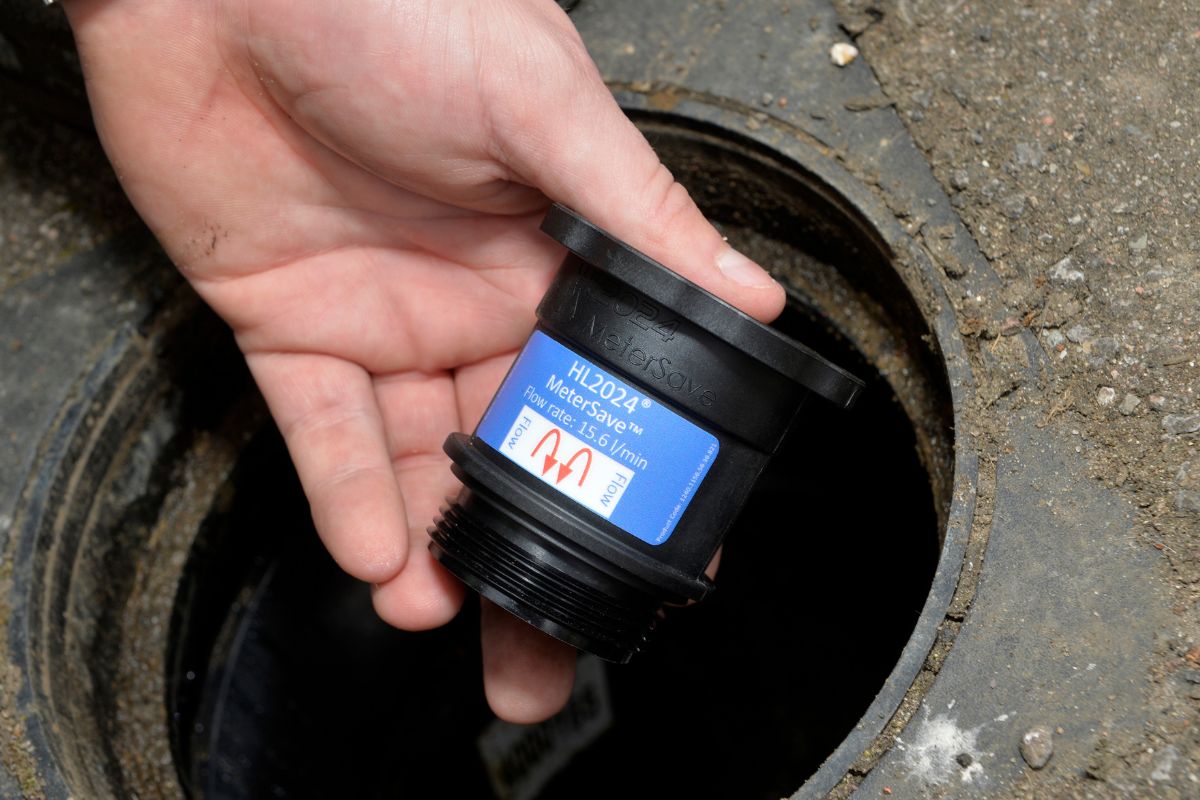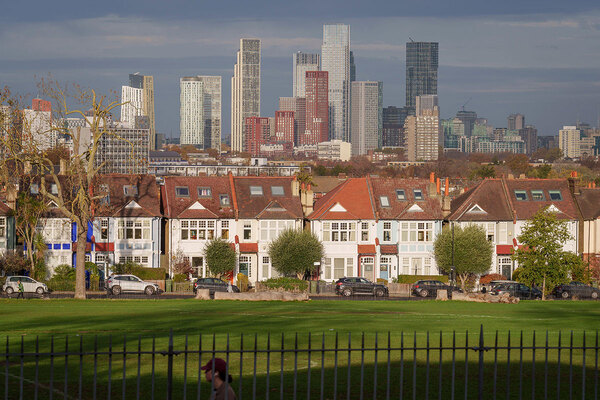A little known link: How reducing water waste can contribute to decarbonisation goals
According to the World Green Building Council, the built environment represents 39 per cent of global energy-related carbon emissions.
This has led the Council to issue a challenge: by 2030, all new buildings must be net-zero carbon in operation and embodied carbon reduced by at least 40 per cent, while all buildings must be net-zero by 2050 echoing the UK’s own emissions target.
When thinking about how to progress environmental plans, the majority of our focus needs to be on addressing the operational side of the built environment to reduce carbon emissions. This means looking at how we heat, cool and power buildings, which represents 19 per cent of the UK’s total carbon footprint.
Yet the scale of the challenge is immense. According to the Energy Saving Trust, in 2020 the average household generated 2,690kg of CO2 from space heating and hot water heating every year.
To reach the net-zero target, carbon emissions from heating needs to drop by 95 per cent. Achieving this means that by 2050, households would only generate 140kg of carbon per annum.
Although many stakeholders in the built environment are making progress, newfound levels of holistic thinking is required given the scale of the challenge.
An example of this is considering the relationship between reduced water waste and lower energy consumption. Doing so can unlock significant carbon reductions and represent an incremental step towards achieving sustainable building goals.
Water’s role in operational carbon emissions
Day-to-day building operations involves numerous energy-intensive situations, with a notable portion attributed to heating water. Hot water constitutes roughly 23 per cent of domestic energy usage.
While exploring more efficient water heating options like advanced boilers, solar heating and heat pumps is essential, it is also crucial to optimise heated water usage without disrupting daily operations.
Similar principles apply to consumers. Advice on reducing energy consumption by taking shorter showers or using less water in kettles needs to be expanded to tackle the significant challenge of decarbonising the built environment.
Implementing solutions that actually reduce waste in a building’s water supply infrastructure then becomes pivotal in this context.
Scaling up reduced water waste
When a building has a water mains connection there are naturally occurring pressure fluctuations and significant reductions can be generated by regulating the incoming flow. This is achievable via a relatively straightforward turnkey retrofit without the need to rip and replace existing pipework.
Efficiencies are centred around patented Control Flow HL2024® technologies which eliminate flow variations caused by pressure fluctuations in the mains supply system to less than two per cent and significantly reducing water waste.
Field tests show that providing a regulated flow, water use measured in per capita consumption (PCC) is cut by 23 per cent in residential houses, translating to roughly 30 litres per day per person. For a household, this can be 73 litres per day. In commercial properties, PCC has been shown to drop by 30 per cent.
Mitigating water waste equals reduced energy demands
Reducing water waste and PCC by regulating the flow of a building’s water supply and reducing waste is feasible and in doing so, this can significantly reduce operational energy demands.
In the field trials where the average household PCC reduction was 23 per cent, gas consumption dropped by an average of 7.63kWh per household per day. This came from a controlled flow rate which ensured a consistent flow through the boiler, reducing the amount of water needed to be heated and subsequent energy demand on the heat plate.
When translated to greenhouse gas emission savings, this equates to approximately 0.6t of carbon per household, per year.
For the UK’s 28.2 million households, adopting this approach would mean a reduction of approximately 16.9 million tonnes of carbon reduction annually. This represents around 5.1 per cent of the UK’s overall carbon footprint or just under a quarter (24.9 per cent) of all carbon emissions generated by cars in the UK (which in 2021 accounted for 67.9 tonnes).
Importantly, unlocking this relationship is available as a retrofit solution as well as to newbuilds. Scoping effective, meaningful retrofit solutions will be increasingly relevant in the race to net-zero as 80 per cent of buildings in use by 2050 have already been built.
Meeting the green challenge
Measures that incrementally reduce the built environment’s operational carbon footprint will become increasingly prevalent in residential, industrial and commercial buildings as the move to net-zero progresses.
Readily available technology such as photovoltaic cells, energy-saving fixtures and fittings alongside hardware such as heat pumps and district heating networks are examples of just some of the measures going into high-spec, greener buildings.
However, as tests have shown, water needs to be part of our mindset when thinking about carbon saving technologies.
Due to the simplicity of installation, Control Flow, and saving water could be a relatively quick and efficient way to generate rapid, largescale emissions savings throughout the built environment. Doing so will ensure a significant step forward in achieving net-zero targets.
Caroline Gray-Mason is Business development director, water at Cenergist





